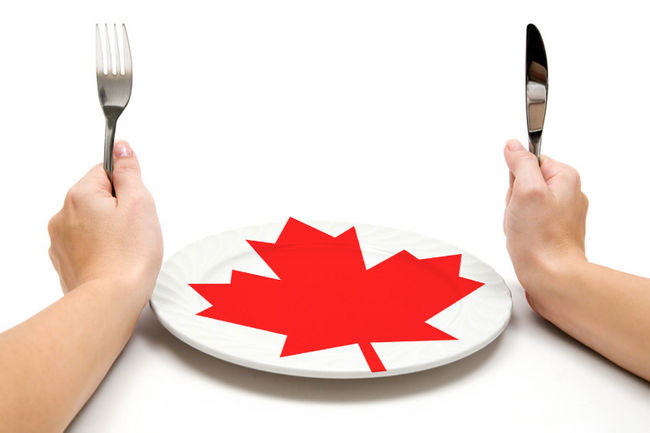 Maple leaf meal
Maple leaf meal
Aug 16, 2017
TORONTO, CANADA -- The Canadian government’s path to modernizing its food safety system includes an overhaul of its nutrition facts panel and ingredient listing for food products, mirroring many of the proposed changes seen in the recent U.S. nutrition label update. Both countries’ governments aim to provide consumers with access to more recent and accurate nutrition information about the foods and beverages they’re consuming, and the Canadian changes focus on packaging the information to make it easier for consumers to read, understand, and make informed food choices.
“The nutrition label for U.S. rice in Canada will remain unchanged, except for the easier to read new labels,” said Pereina Choudhury, USA Rice promotions director in Canada. “In products where rice is used as an ingredient, it will help the overall health profile of the product since rice has no sugar and sugar contents will be required to be listed due to Canada’s big push to limit sugary foods.”
The new Canadian guidelines require a larger font be used for serving size and calorie count, the latter underlined for emphasis. The serving size for similar products is now more consistent and better reflects the portion Canadians consume in one sitting. Reading the ingredient list for processed foods will be easier as the text must be black on a white or neutral background, a minimum font size is required, and each ingredient will include a capital letter (unless in brackets). All sugars must now be grouped (in brackets) and food colors must be listed by their common names.
The daily percentage values are now science-based and one has been added for total sugars. The addition of a footnote on these values will help consumers understand if the amount of sugars and/or nutrients is considered a little or a lot.
Potassium - present in rice - has been added to the nutrients list because research has shown the Canadian diet lacks this important nutrient that helps regulate a healthy blood pressure.
“While some food labels have already adopted the new guidelines, it is not yet mandatory and a five-year transition period has been granted,” said Choudhury. “Canadian consumers have been asking for nutritional information that they can understand and use when comparing similar food products. We think these label changes will do a good job showing how rice is an important component to the national diet here.”